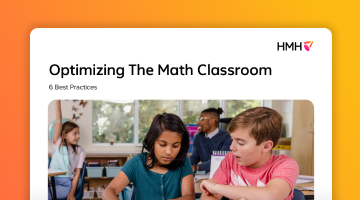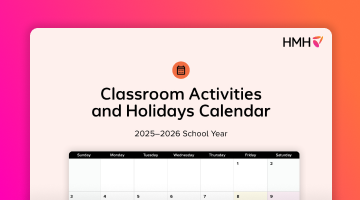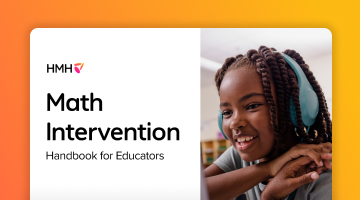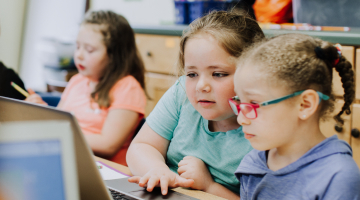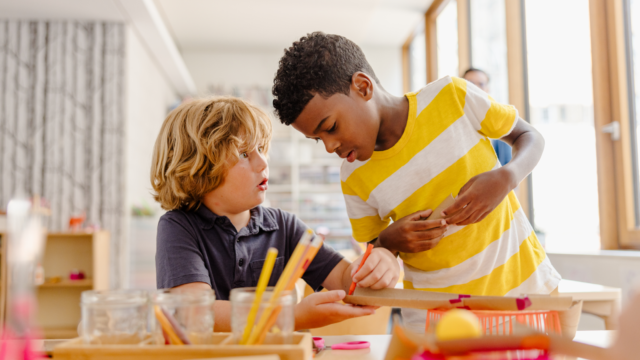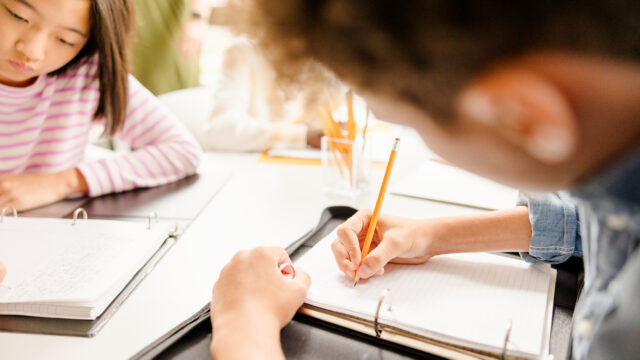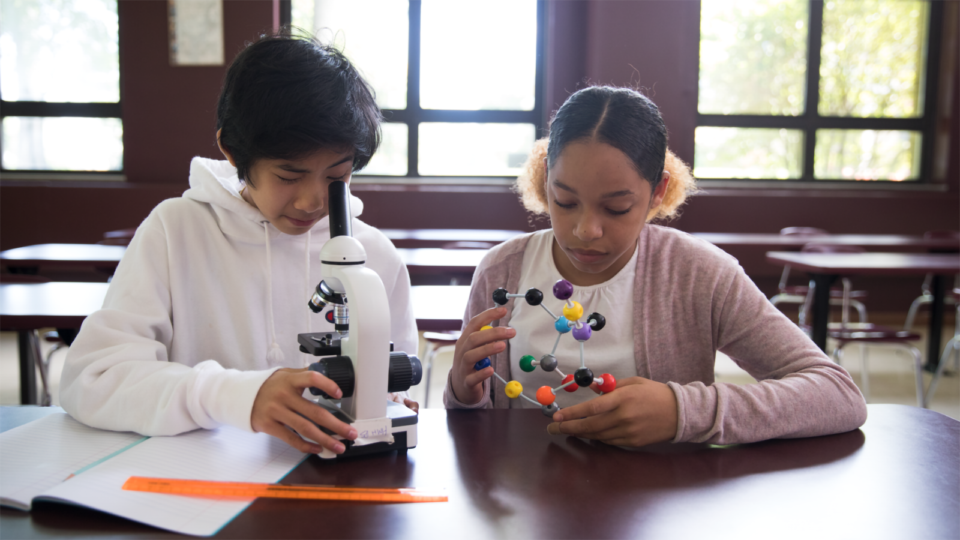
How many national holidays allow students to focus on science and its related fields? Holidays like National Engineers Week, Earth Day, and National STEM/STEAM Day are exciting for teachers because they provide students with the opportunity to have fun and celebrate while developing skills used by scientists and engineers. Of these celebrations, National STEM/STEAM Day stands out as particularly valuable because it encompasses multiple disciplines.
What is National STEM/STEAM Day, and when is STEM/STEAM Day in 2025?
National STEM/STEAM Day, which occurs on November 8 every year, helps students see the connections between science, technology, engineering, the arts, and mathematics. It’s also the perfect time to explore how STEAM shapes our world and build skills essential to the 21st century. This holiday was founded in 2015 by MGA Entertainment, a decades-old company committed to creativity and innovation through play, with the goal of encouraging students to be more involved in these educational and career fields.
What’s the difference between STEM and STEAM?
STEM and STEAM are easy to mix up, so what’s the difference? STEM stands for science, technology, engineering, and mathematics. In the 2010s, STEAM was developed as an extension of STEM to include the arts. Many believe that creative skills and knowledge of the arts, such as dance, drama, music, visual arts, and design, can help students become more marketable and well-rounded.
7 STEM/STEAM Day activity ideas for school
The following 7 National STEM/STEAM Day activities provide students in all grades the opportunity to develop key STEM/STEAM skills that will serve them throughout their lives. We’ve included a range of activities: high-tech to low-tech ideas, hands-on lessons, activities that connect to other subjects, and more.
Activity 1: Mood mapping, Grades 6–12
The activity below, created by DownCity Design and featured in the book STEM, STEAM, Make, Dream by Dr. Chris Emdin, allows students to explore how environments can affect emotions and identify opportunities for improvements by analyzing what makes spaces feel positive or problematic.
What you’ll need
- Small groups of 3–6 people
- Paper
- Assorted colored markers
What to do
- In small groups, walk slowly through a building or neighborhood you’re hoping to improve. As you go, pay attention to how the environment affects what you’re feeling—from room to room, street to street, block to block.
- Working as a group, use different colored markers to represent shifting moods on your map. Does one block or room feel particularly lonely? Trace it in black. Is another lively and vibrant? Mark it with a warm color, like red. Make notes on your map with all the factors that contribute to the moods you’ve identified. What makes one block lonely—are there a lot of parking lots or abandoned buildings? Are there no streetlights? What makes another block vibrant—are there places for people to gather and play? List as many assets and problems as you can and mark them in the appropriate places on your map.
- Back in your classroom, pin up and compare all the groups’ maps. Identify the areas that your group finds problematic and the areas that are working well. Where do they overlap?
- Make a list of possible places for intervention—sites that will allow you to make the most of the great stuff that exists while minimizing the negative elements. Once you’ve figured out what issues you’d like to address as a group, you’re ready to move on to exploring possible solutions!
Activity 2: Host a STEM/STEAM career panel or guest speaker, Grades K–12
HMH’s science programs often stress the importance of helping students build STEM skills to prepare them for their future careers. Why not invite STEM/STEAM professionals to share their real-life experiences? In STEM, STEAM, Make, Dream, Emdin provides additional tips for incorporating STEAM in the classroom, such as:
- Forge connections with the scientific and artistic community outside the classroom building.
- Research science and art folks in the world.
- Reach out to somebody at your local college or university.
- Identify a musician outside the school building who has a fascinating story you can share with young people.
Consider hosting a panel featuring professionals or inviting an in-person or virtual guest speaker working in STEM/STEAM fields to share their experiences. Students can research what their jobs are like in advance and come up with a list of thoughtful questions to ask during the session.
Activity 3: Digging into STEM’s past, Grades K–12
History is filled with compelling stories about scientists, engineers, mathematicians, and inventors who have made a major impact on the world. There are many ways students can acknowledge one or more of these historical figures. Have students focus on a notable person or event from the STEM fields. One student might find inspiration in Katherine Johnson, a pioneering NASA mathematician who broke barriers in the field. Perhaps the history of the internet fascinates another student. Afterward, have students decide on how they want to share their knowledge about their historical person or event. For example, students can recreate one of a scientist’s experiments. Or students can create a video detailing crucial moments leading up to a major scientific discovery.
Activity 4: Using STEM skills for positive change, Grades 6–12
Help students understand how STEM skills can be used to facilitate real change. Challenge students to brainstorm solutions to real-life problems, such as creating simple water filters that can be used when water supplies are compromised or thinking of ways to reduce waste in their neighborhood.
An example of STEM used for positive change is the creation of M-PESA, an app that allows for quick, safe, and secure financial services via mobile phone, even without a bank account. To develop the app, the creators had to solve problems around app development and determine how users would be able to exchange cash for electronic value, such as through a network of retail shops that accept M-PESA deposits and withdrawals. The result is an app that provides services to millions of unbanked people.
Activity 5: DIY science equipment, Grades 6–12
Scientists often need to design, build, or modify their own equipment. Have students mirror real-life scientific work and understand the research that happens beyond classroom experiments. Challenge students to create their own lab equipment that they can use throughout the year and beyond. The activities below help students build and test their own scientific instruments and determine how they can improve their designs. You could also incorporate art elements by having students document or present their work creatively, detailing what they built and why.

Activity 6: Paper airplane engineering, Grades K–8
Designing and flying paper airplanes is a fun way to learn about engineering and problem-solving. In another blog, we share steps for folding a simple paper airplane:
- Vertically fold a piece of paper in half.
- Unfold and then fold the top corners to the center crease.
- Fold the new left and right corners to the center crease.
- Fold the plane in half.
- Next, form the wings. Fold the left edge to the right. Turn the plane over and fold the other wing to line up with the other.
- Now, it’s time to test out the plane. Unfold the wings, tilt them up, hold the plane at the center, and throw it far!

This video tutorial shows another method for folding a paper airplane.
Afterward, children might wonder what helps paper planes fly. Discuss with them the forces behind what makes planes fly using this resource from the Smithsonian’s National Air and Space Museum.
Other paper-folding activities touch on engineering. Challenge students to create a paper sailboat or paper kite!
Activity 7: Explore tech resources, Grades K–12
Support students with STEM/STEAM resources that allow them to develop their skills, even outside of the classroom. Here are a few educational resources that can push students to expand their skill set:
- NASA for Kids and Students
- Code.org
- Girls Who Code
- MIT’s AI + Ethics for Middle School
- Engineering for Change
- Tinkercad Circuits
- Chrome Music Lab
- TED-Ed Student Talks
Happy STEM/STEAM Day!
The activities shared in this blog offer diverse ways to celebrate National STEM/STEAM Day 2025. Through these activities, students discover how STEM/STEAM can improve their environment and shape their daily lives.
Want even more STEM/STEAM Day activity ideas? Check out our range of science activities and lesson plans. Additionally, share your favorite STEM/STEAM activities with us via email at shaped@hmhco.com or reach out on Instagram.
***
Learn more about HMH science programs, which enable teachers to guide K–12 students in learning through exploration, analysis, application, and explanation.
Download our FREE calendar of activities!


